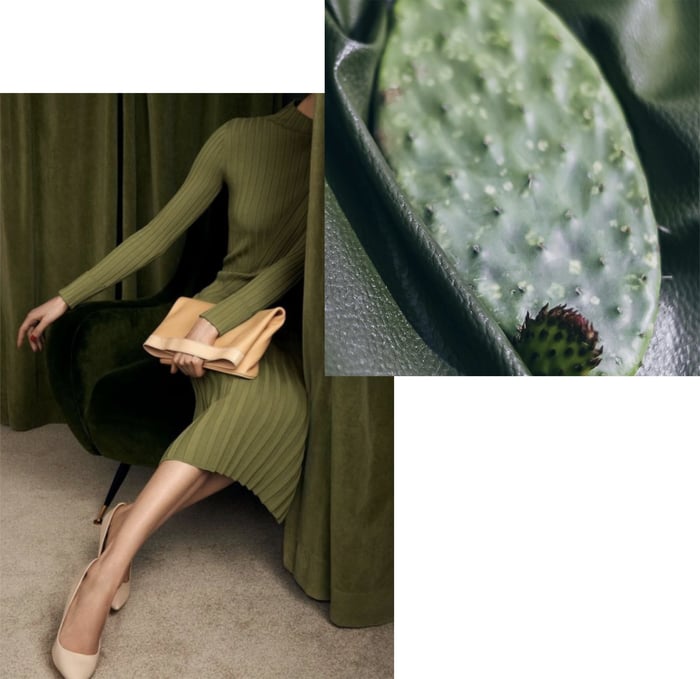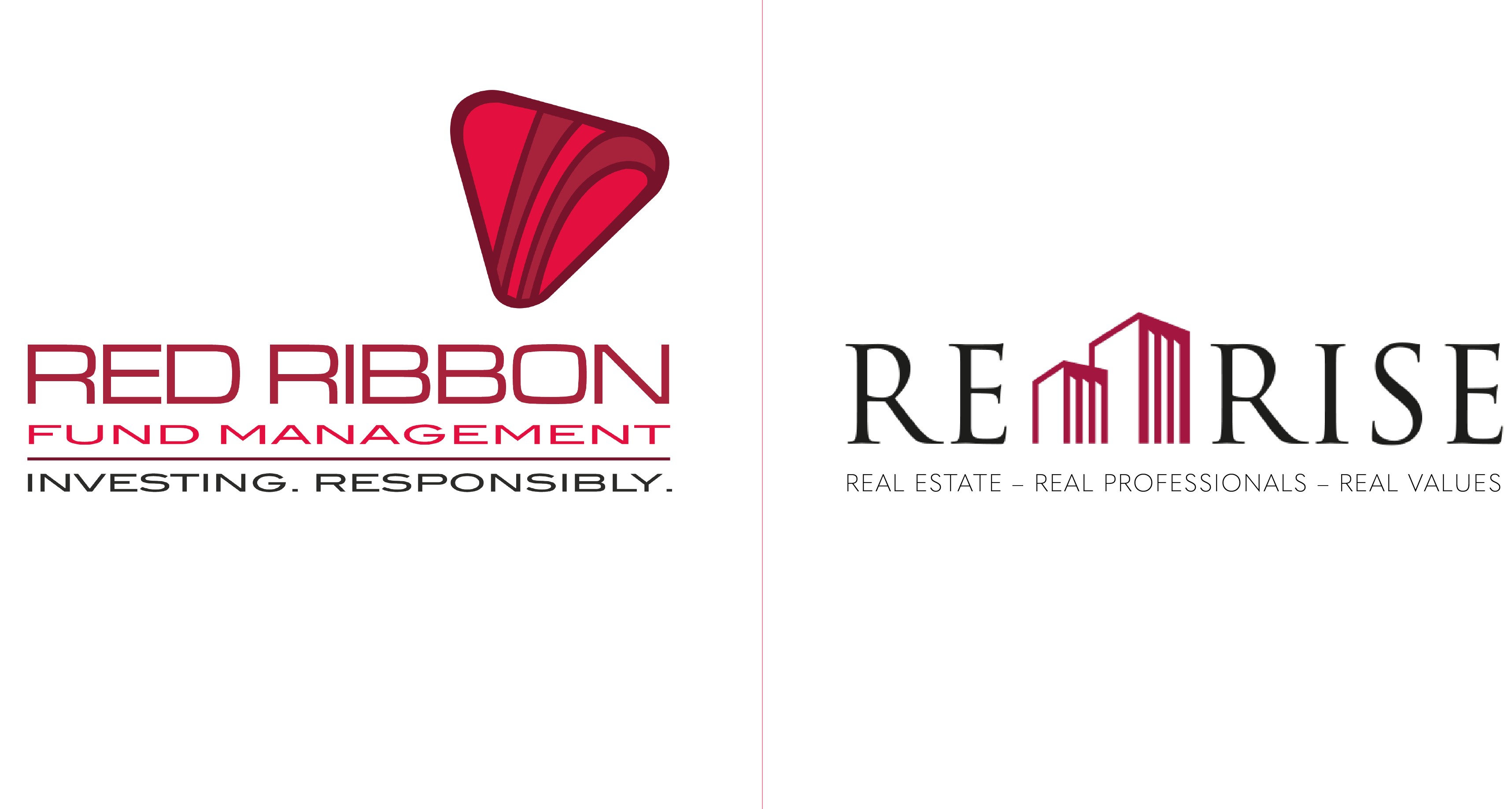______________________________________________________________________________________
Why have alternatives to animal- based leather?
______________________________________________________________
Leather is widely used within the industry from shoes, handbags, upholstery, to car interiors. Animal- based leather has a distinctive desired texture with long lasting durability making it difficult to replace.
Pros to animal- based leather:
- Patina (ageing process),
- Texture,
- Durability.
Cons to animal- based leather:
- High water usage,
- To produce one pair of leather shoes requires 2,110 gallons of water (Ives 2015),
- High energy intensive,
- Toxic chemicals can be used in the leather process which can pollute water bodies and eco system (Peta n.d).
The popular PVC leather is also not quite favourable to the environment, as PVC is synthetic based (Polyvinyl chloride) created using fossil fuels and non-biodegradable.
Is there a more suitable option?
______________________________________________________________________________________________
Plant- based Cactus leather
______________________________________________________________
Through innovation a company called Desserto have perfected a plant- based leather using cactus. Only the mature cactus leaves are harvested whilst the smaller leaves are left to grow. The cactus also requires very little water to be maintained and absorbs CO2 from the environment.
Pros to cactus- based leather:
- Biodegradable,
- Low water usage in comparison to animal based leather,
- Organic,
- Cactus absorbs CO2
- Lasts for 10 years.
Cons to cactus- based leather:
- Will not develop patina.
______________________________________________________________________________________________
The Cactus
______________________________________________________________

Image source, Desserto
______________________________________________________________________________________________
Cactus based products
______________________________________________________________
- Handbags - Car Interiors - Accessories - Trimmings - Shoes


References:
Ives, C., (2015) ' How much water does it take ...' Green Eco Services [Blog] Available at: http://www.greenecoservices.com/hw-much-water-does-it-take . Accessed 19th September Peta (n.d) Environmental Hazards of Leather Available at: https://www.peta.org/issues/animals-used-for-clothing/leather-industry/leather-environmental-hazards/. Accessed 19th September 2020.




